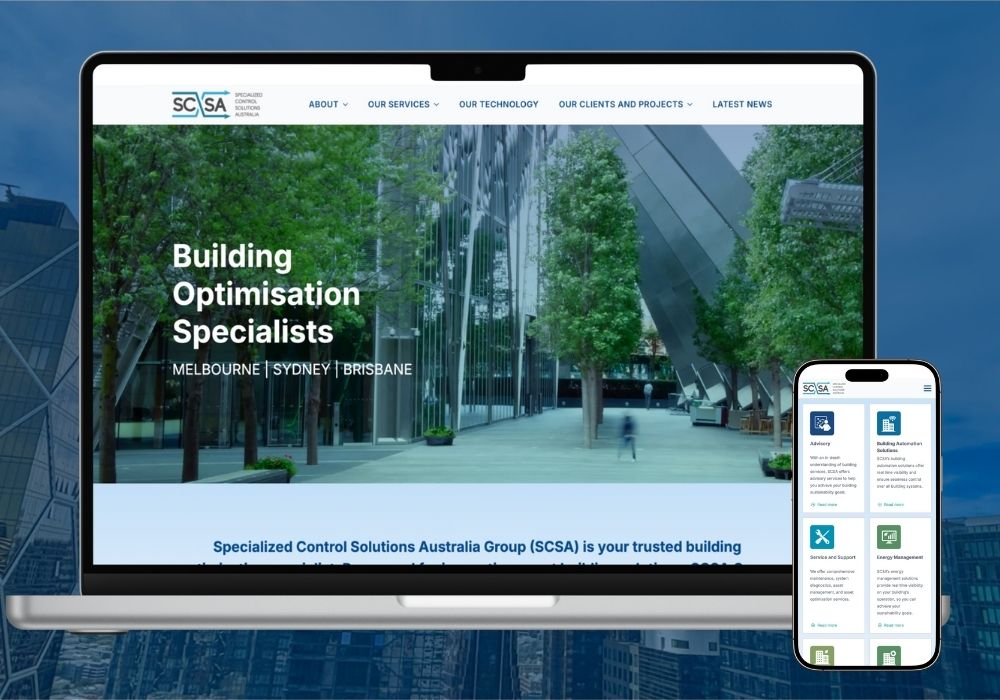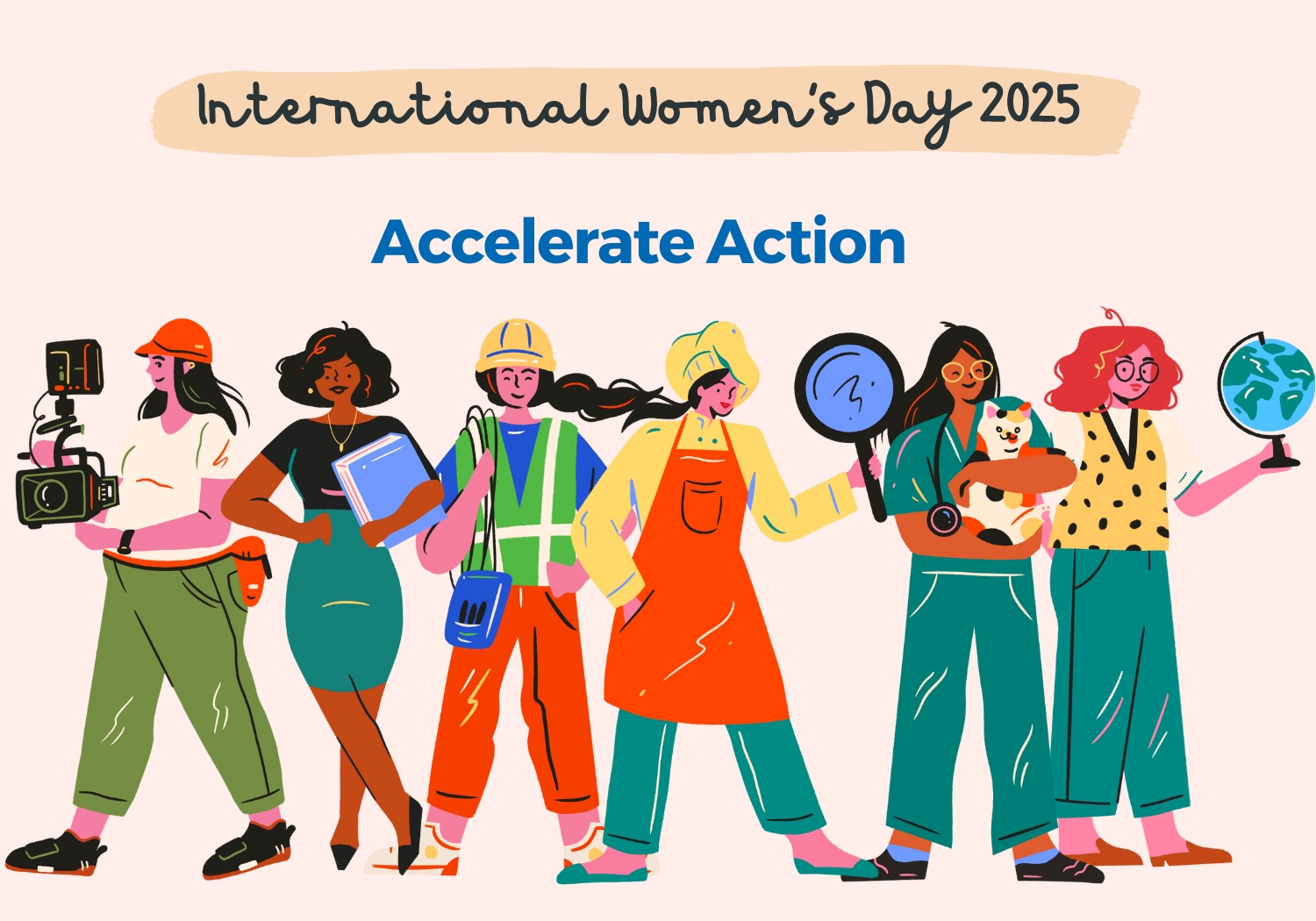October 4 is World Habitat Day!
Did you know that cities are responsible for 70% of global carbon dioxide emissions?
This year’s theme is ‘Accelerating urban action for a carbon-free world’, highlighting how we can all work together to create sustainable and carbon-neutral cities and towns.
With the looming threat of climate change and rising global temperatures, Net Zero buildings will play an even important role in safeguarding our future. The good news is that there are many Net Zero Heroes leading the way as we transition to a climate positive future.
Today, we wanted to recognise 5 organisations that actively make a climate positive contribution every day.
1. RACE for 2030
Leading the way to 2030 is Jon Jutsen and the RACE for 2030 team. Jon is a pioneer of the industry and passionate about challenging the status quo. Not satisfied with the traditional research model, he works tirelessly with the industry to find better ways to create scale and impact.
RACE for 2030 was established in 2020 with $68.5M of Commonwealth funding, bringing together over 90 industry partners. They are an industry-led, collaborative research centre that is driving innovation and accelerating the transition to reliable, affordable, and clean energy by 2030. Their vision is to create a low carbon Australia where quality of life and energy productivity is improved through energy research.
We had the opportunity to work with the RACE for 2030 team, facilitating a Market Transformation workshop to fast track the adoption of their ideas and innovation.
To read more, click here.
2. The Affordable Heating and Cooling Innovation Hub
One of the joys in owning your own business is the ability to give back to the causes we believe in. One of our passion projects was helping to initiate the AIRAH Affordable Heating and Cooling Innovation Hub (i-Hub), a joint initiative with ARENA, CSIRO, University of Wollongong, Melbourne University and Queensland University of Technology.
This $18.4m initiative aims to promote innovation across the sector and reduce peak demand and improve energy efficiency through the integration of HVAC&R technology with renewables. To find out more about i-hub, visit ihub.org.au
3. The Department of Industry, Science, Energy and Resources
The Department of Industry, Science, Energy and Resources (DISER) are responsible for managing and delivering policies and programs in response to climate change.
We had the opportunity to prepare a technical discussion paper and chair a technical working group on behalf of DISER to consult with industry stakeholders, on the potential application of minimum energy performance standards (MEPS) for a range of industrial equipment categories. The technical discussion paper considered the introduction of MEPS for industrial pumps, boilers, and compressors.
The introduction of MEPS is an effective way to increase energy efficiency and reduce energy usage and costs. We look forward to seeing how the findings from the discussion paper will be used to guide government policy.
To read more, click here.
4. Fletcher Insulation
As an Australian pioneer, Fletcher Insulation is passionate about helping builders, specifiers and contractors learn about the benefits of insulation and building membranes in reducing the thermal load of a building.
Through their theme of ‘Building Better, Together’, Fletcher’s have played an important role in keeping Australian buildings comfortable and protected for over 90 years.
Global IQ Group had the opportunity to develop a series of 3D animated videos to help demonstrate Fletcher’s leading position as an Australian building products company and communicate the benefits of their products, technology, and manufacturing processes.
To read more, click here.
5. Australian Institute of Refrigeration, Air Conditioning and Heating
According to the Cold Hard Facts report refrigeration and air conditioning was responsible for 24 percent of all electricity used nationally and 13 percent of total national CO2 emissions.
A key cornerstone to AIRAH’s advocacy is HVAC&R resilience. As a critical enabler of the Australian economy, the HVAC&R industry has both direct and indirect roles to play in safeguarding the built environment and its occupants.
By adopting these resilience principles, a direct outcome is an improvement in the energy efficiency of buildings which in turn provide both short and longer-term economic benefits. At a minimum, these strategies help develop a pathway toward Net Zero buildings.
Over the past few months, we’ve been working with AIRAH and DISER on a Resilience Checklist. By helping to bridge the knowledge gap, this checklist will help key building owners, managers, facilities, consultants and contractors make more informed choices in future-proofing their buildings. We look forward to sharing this piece of work with you at AIRAH’s Future of HVAC conference.
We couldn’t do what we do without a little help from our friends…
And saving the best for last…we just wanted to acknowledge our good mate Phil Wilkinson. As the Winner of the 2016 Deni Greene Award and self-confessed air conditioning groupie, Phil in an inspiration both personally and professionally.
In 2014, Phil led AIRAH and a coalition of stakeholders from within the HVAC&R industry to develop a blueprint for the industry’s successful transition to a low-emissions future through five pathways to transition, known as PRIME.
As part of the process, Phil certainly made the invisible, visible and opened up my eyes to the impact that air conditioning has on our resources and the planet. Doing good for business could also be good for the planet.
That’s one of the reasons why we’re so passionate about working with innovators, researchers, and governments to create a climate positive future. We look forward to making a difference…one air conditioner at a time.





